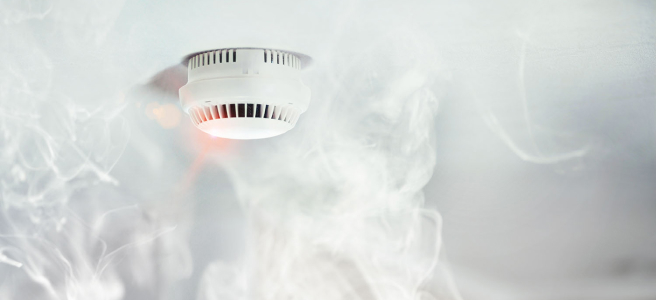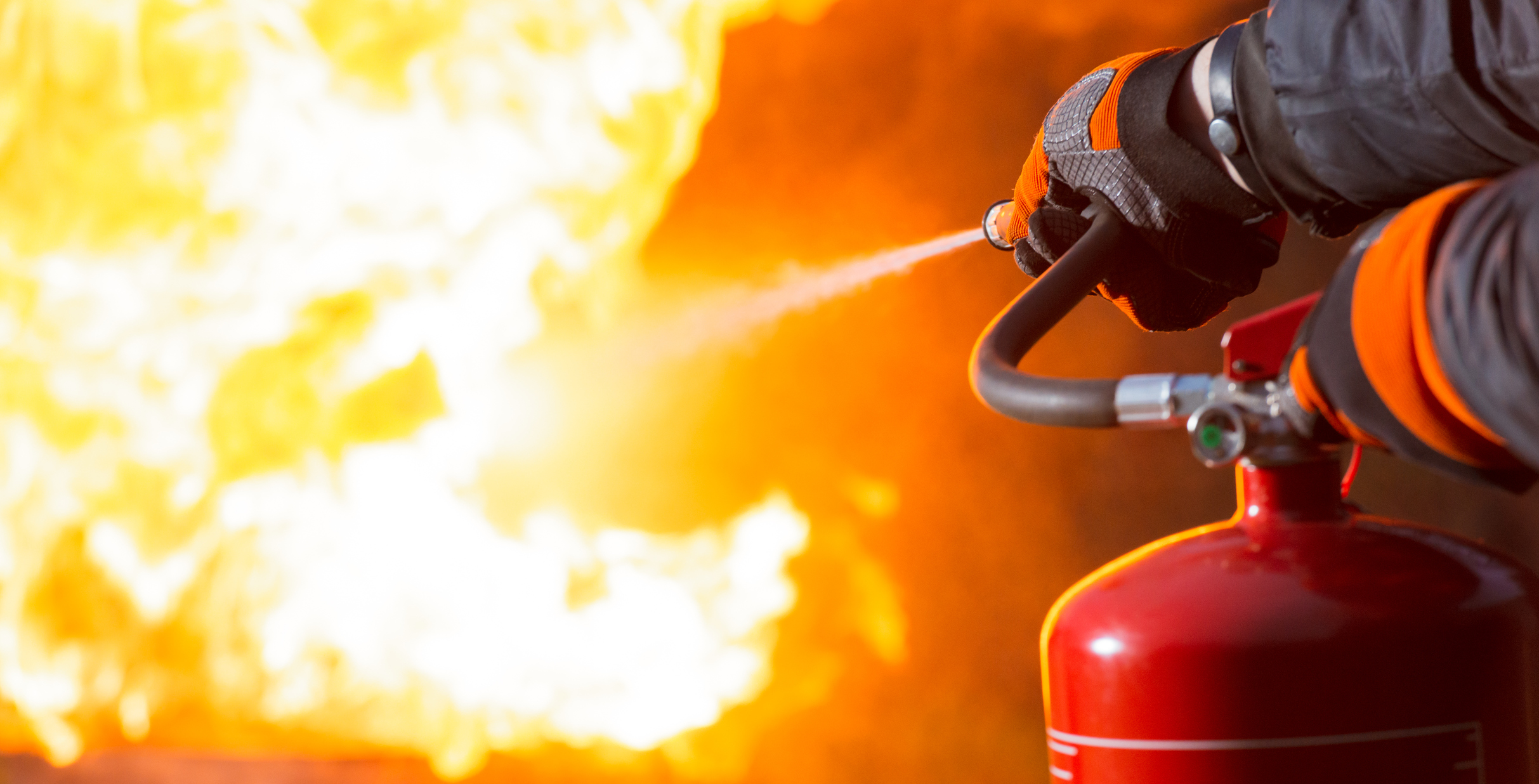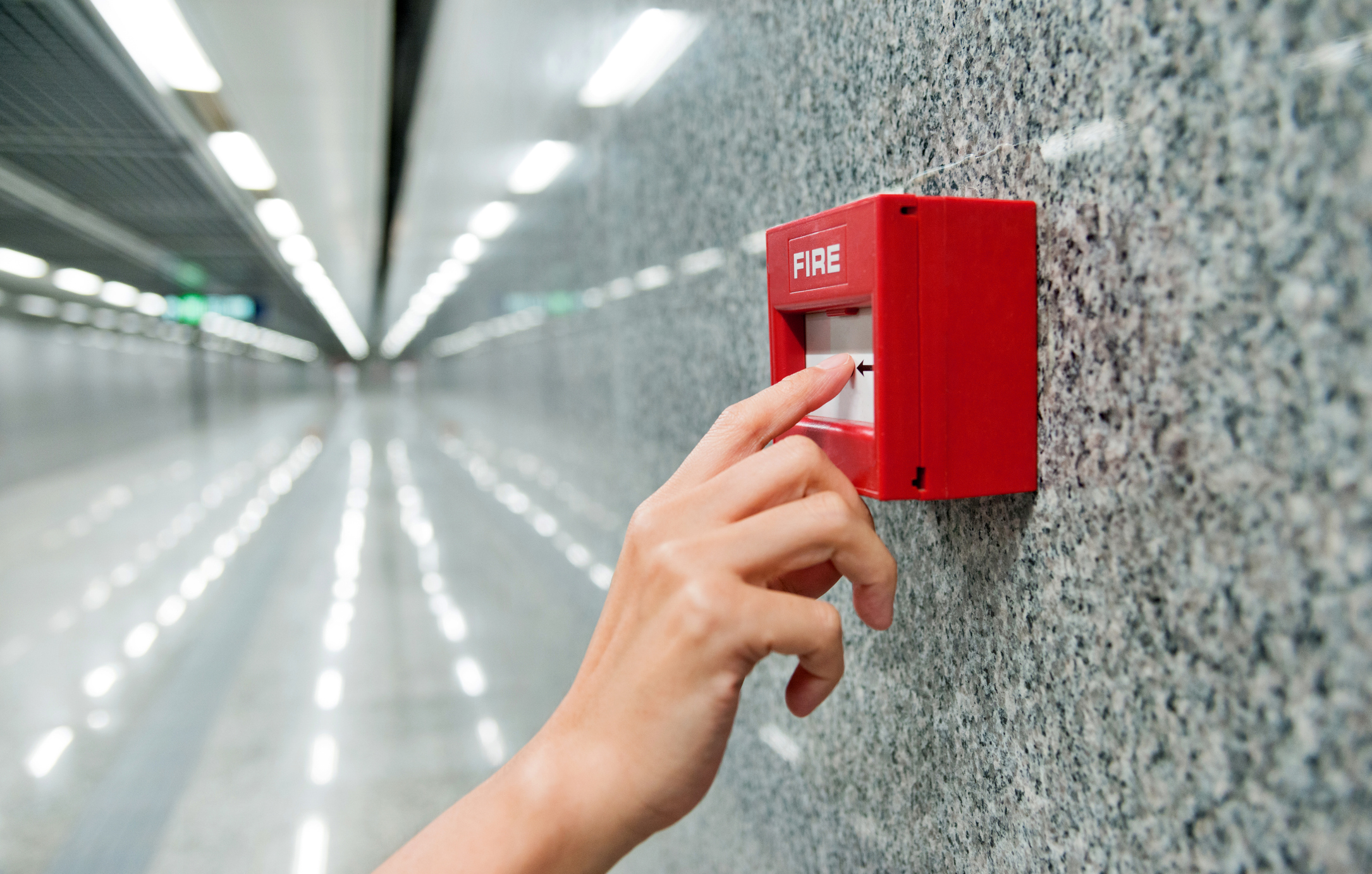
Fire Safety in the Home: 7 Top Tips
1. Installing and Maintaining Fire Alarms
Smoke detectors are a first line of defence in early fire detection, potentially saving lives by alerting residents to fire in its early stages. When choosing smoke detectors, consider both optical and ionisation types as they detect different types of fires – optical systems are better at sensing smouldering fires, while ionisation detectors are quicker to recognise flaming fires. Install smoke detectors on every level of your home, including inside and outside each bedroom, and ensure they are kept free of dust and debris. Test them monthly and replace batteries annually or as needed.
2. Electrical Safety to Prevent Fires
Many home fires are caused by electrical failures or malfunctions. Avoid overloading electrical sockets, which can cause overheating and lead to fires. Use only one high-energy appliance per outlet, such as microwaves, toasters, or heaters. When using power strips, opt for those with internal overload protection and never daisy-chain multiple strips together. Stay vigilant for signs of electrical issues, like flickering lights, a burning smell, or unusually warm outlets, which warrant immediate professional inspection. If you have a fire extinguisher, make sure you’re using the right type for electrical fires.
3. Safe Kitchen Practices
The kitchen holds multiple fire hazards, from cooking oils to electrical appliances. Always stay in the kitchen while cooking, especially when using oils or high temperatures. If a grease fire occurs, never use water to extinguish it; instead, smother the flames with a metal lid or use an appropriate fire extinguisher. Keep the cooking area clear of flammable materials such as curtains, towels, and paper products, and regularly clean appliances to prevent the build-up of flammable residues like cooking grease.
4. Heating Equipment and Fireplaces
Heating equipment, when improperly used, can be a significant fire hazard. Maintain a safe clearance around space heaters, never covering them or placing them near flammable materials. Ensure central heating systems are regularly checked and maintained by professionals. For wood stoves and fireplaces, use protective screens to catch sparks or rolling logs, clean the chimney annually, and dispose of ashes in a metal container away from the house.
5. Using Candles and Decorative Lights Safely
Candles can add ambience to your home, but they pose serious risks if not monitored. Never leave candles burning unattended, and keep them away from flammable objects. Similarly, decorative lights should be inspected for frayed wires or damage before use, and always turned off before sleeping or leaving home. Use clips, not nails, to hang lights to prevent wire damage.
6. Creating and Practising a Fire Escape Plan
A fire escape plan is essential for ensuring your family’s safety in an emergency. Design an escape route for every room and ensure all household members know at least two ways to exit each area. Practise your escape plan, including at night, to ensure everyone knows what to do in the dark or in a smoky environment. Designate a meeting spot outside your home to regroup and count heads after an escape.
7. Educating All Household Members
Everyone in the home, including children, should be educated on fire safety. Discuss simple rules like “stop, drop, and roll,” how to check doors for heat before opening, and the importance of never hiding during a fire. Make learning engaging with regular drills, discussions, and even quizzes to reinforce the knowledge. Equip older children and adults with knowledge of how to safely use a fire extinguisher.
By integrating these practices into your daily life, you can significantly enhance your household’s safety and preparedness against fires. Fire safety is not just about having the right tools and plans in place but also about cultivating a culture of safety and awareness that can make all the difference in a crisis.




